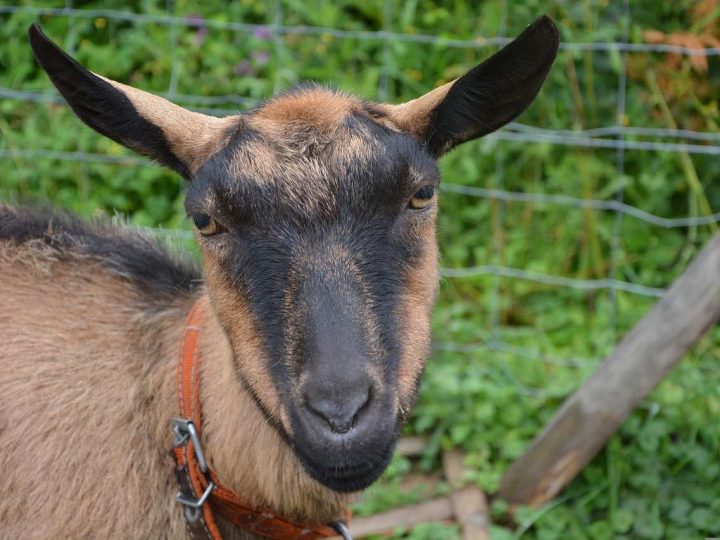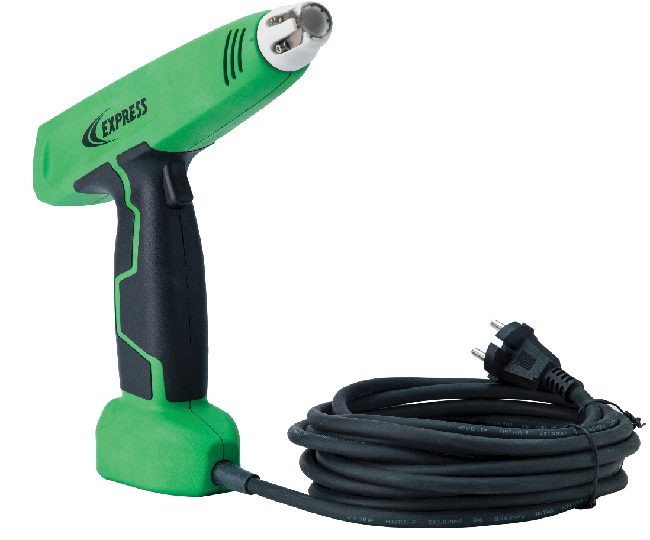
Cattle and goats dehorning is a practice that requires training to be carried out in the best conditions for the animal and the farmer. Training courses on dehorning are becoming more and more common, in order to teach farmers all stages of the operation.
Outline of dehorning training
Farmers often lack the time to learn about dehorning. They also often have misconceptions about the practice. Dehorning training courses cover all subjects:
- the regulations in force;
- the advantages of dehorning for both the animals and the farmer;
- the different methods;
- the ideal age of the animal;
- methods of restraint;
- pre- and post-operative anaesthesia;
- the dehorning itself.
Misconceptions about dehorning
The training courses we are talking about here concern thermal dehorning. Chemical dehorning is not recommended because it is more painful: the animal retains a corrosive product for a long time, while the thermal method requires only a few seconds with anesthesia.
On the other hand, the chemical method generates the risk of contamination: the animal rubs against other animals, against its mother, especially during feeding, and against surfaces where it spreads the product, which can reach other animals in the herd.
Training courses are also an opportunity to demonstrate thermal dehorners, in electric or gas version.
Dates for dehorning
The first report by the trainers concerns the dehorning periods. They found that farmers were poorly informed and that only a quarter of them knew the ideal age for dehorning, i.e. before 4 weeks.
The misunderstanding relates to a wrong feeling: in order to eradicate a horn, it must have already grown. However, it is exactly the opposite: the blood vessels must be cauterised before they have time to irrigate and encourage the growth of the hornbone.
It seems counter-intuitive, but it is the horn bud that must be isolated and therefore proceed on an animal less than 4 weeks old.
Medication and local anaesthesia
Medication and anaesthesia require explanations for farmers who are reluctant to give injections. It is indeed essential to locally anaesthetise the young cow or goat, before cauterising. The injection should be done on the area around the horn bud and farmers are afraid to touch this area. In addition, they must be made aware of how long it takes for the product to take effect.
On the other hand, the duration of the anaesthesia must imperatively be prolonged, because the cauterisation causes pain that lasts for 7 to 9 hours after the operation. The training courses showed that the farmers did not appreciate this time and neglected to repeat an injection or to apply an anti-inflammatory ointment which would give the animal some comfort.
Methods of restraint

Dehorning courses also mention restraint methods which are often neglected by farmers. Some people question the need for a restraint cage. Yet, this equipment reduces the time needed for dehorning. Indeed, if the animal is well handled, the operation can be performed quickly and the farmer can then find a good rhythm that enables him to treat many animals in a limited time.
Farmers who are not yet familiar with dehorning may benefit from a training course to learn the correct methods that will save them time and which are beneficial to the welfare of their herd. This is all the more important as laws tend to become more complex and tougher, and it is imperative to comply with them.





